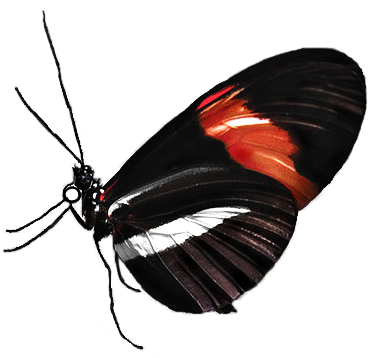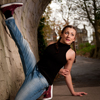
A test shoot with break dancer Lauren Haywood
Background
At the end of September, I was invited to photograph a dance show at the Carraige Works theatre in Leeds by Katie Geddes of the Dance Studio. There I saw a break dancer (Lauren) and afterwards, asked Katie to make an introduction because I have wanted to photograph a break dancer for some time now. After an exchange of email, we came together for a shoot in Greenhead's Park in Huddersfield.
The shapes break dancers are very different from standard dance poses and I wanted to capture that. This being our first shoot together it would also be a case of seeing if we could collaborate in the future and push the dance and photography sides to create something a little bit different.
I have spent a good few hours trawling the Web for photographs of dancers. I found with there was lots of movement in the shot, but the lighting was unimaginative, then the lighting was great but the dancer was pretty static or worse still static with boring lighting! Only a small number were well lit and had a sense of movement. This is what I want to achieve. There is also a place for static well lit photographs too as you can see on this page.
I hope you like what we came up with. You can leave any comments, big or small, at bottom of the page.
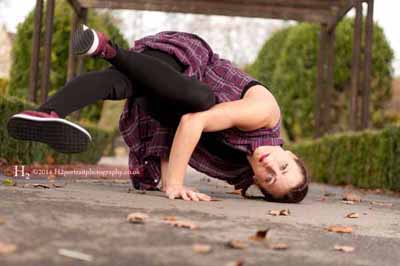
1. We started off with one light placed to the right, above the camera and at a 45 degree angle to Lauren. This lit her face and body.
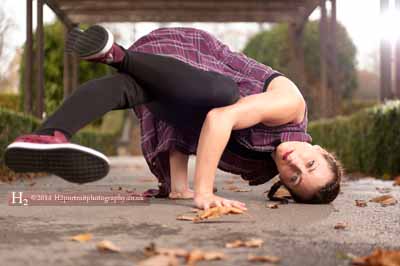
2. A second flashgun is hidden behind the post and can be seen on the right of the photo. It mimics a low sun. It also acts as a hair and rim light creating highlights in Lauren's hair and around her back and shoulders. Compare the two shots and see the difference the second light makes.
The shoot
Something neither of us had factored in was the school half-term. Finding a parking space was a challenge and we had a wait for children and parents to exit from shot on a number of occasions. If that failed, the arduous task of editing them out using Photoshop was employed.
Having graffiti in the background is often used for break dancers and we felt it had become a little bit predictable so, we opted for a cleaner look. The trellis looked great first to provide a bit of perspective and second shadow.
In these cases, I started with something simple and work from there as we both find our respective strides and rhythms. Once we up to speed we tried capturing Lauren dancing on the spot, using two lights and then moved onto an arch under a bridge for the final few. I tried counting to help with timing dance moves with pressing the shutter, but this often went to pieces because I was trying to count, follow what she was doing and compose the shot at the same time. This is an area that requires improvement and will be addressed.
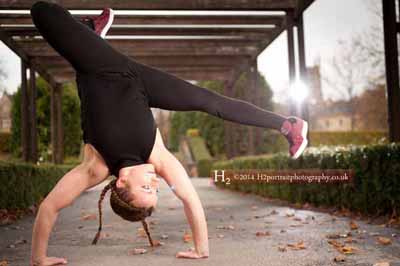
3. Here the back light brings out the shape of Lauren's right leg by creating what is called 'rim' lighting.
I used one or two flashguns to light Lauren because the ambient light was very flat and even. You can see the difference the extra lighting made by comparing the other photographs 4 and 5 with number 6. In this case the flashguns did not fire.
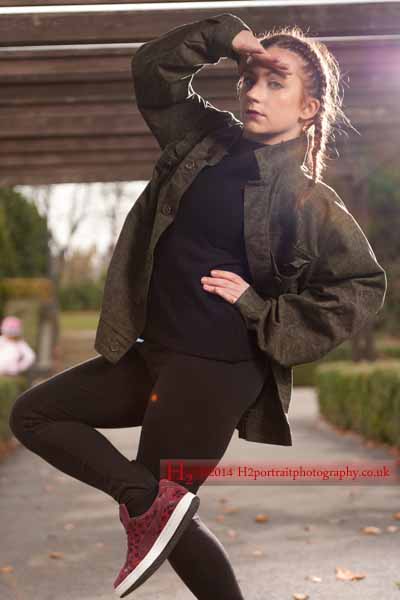
4. This is a more conventional use of this light. It highlights the back edge of Lauren's head, hair and body lifting it off the background. A bit of cheeky lens flare too.
Afterwards, Lauren mentioned the way I worked was unlike any other photographer she had worked with before. All the others just blasted away whilst she danced. I took far less photographs and spent more time with the set up and checking with her to find out what she thought of the shots. By doing the latter you can re-take a shot if the dancer is not happy with it for whatever reason. She was delighted with the initial results when we had a quick look at the end of the session. I also spared her the long task of trawling through hundreds of photographs whilst looking for a decent one. We will be working together soon so watch this space. We are planning on a studio shoot with power moves and a lot more movement.

5. Lauren was dancing in this photo. The light from the back light created a flare off her left arm. Again the tops of her thighs are highlighted to lift them from the background and to prevented them from merging with each other.
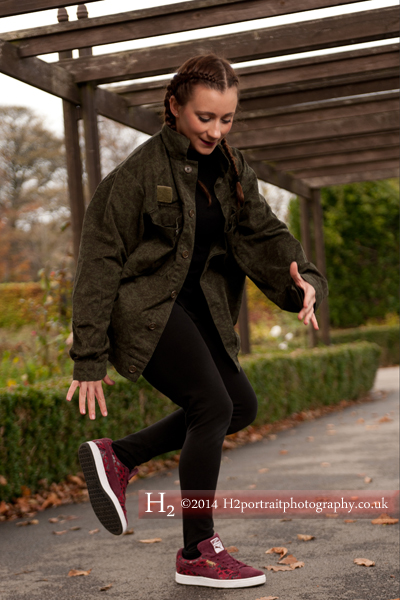
6. In this photo the flashguns failed to fire and you can see the photograph is pretty flat with no variations in lighting. It is far less dramatic or interesting. The edges of the black legging are not so pronounced. It is amazing how a couple of humble flashguns can transform a photograph.
Post processing
I do very little post production as a rule, but removing people and distracting objects was required this time around. Most of what I did was a bit of cropping, tilting, dodging and burning (lighting or darkening parts of the photo respectively) and I used a few pre-set renders on some of the shots.

7. Here we moved to an short walkway under a bridge. One flashgun (on the right of the shot with a softbox fitted) lit Lauren whilst an second behind her and to the right of the shot, created a pool of light on the wall. I could have added a third light to light the back of her head or angled the second flash towards the camera. The black and white conversion was performed in Lightroom and some of the branches were removed in Photoshop so they would be less distracting in the background.
I (and a many others) believe a photographer should carry out the majority of the work before the shutter button is pressed rather than in front of a computer. Once this is right you can start shooting in earnest. My own photography saw a massive improvement employing this way of working. This is something I learned from some of the top portrait pros in the photography industry.

8. The same lighting set up but Lauren pulling a different pose. The render was applied using a Lightroom pre-set.
Technical details
A full-frame camera with a 24-70mm f/2.8 lens was used throughout. The two flashguns were triggered by the camera's built-in flash. The camera was in manual mode throughout with the shutter speed, aperture and ISO setting being 1/800s, f/2.8 and 200 respectfully.
The shutter speed was very fast to reduce the amount of ambient light in the shot. I guessed the settings and took a few test shots adjusting the power of the flashguns and settings of the camera accordingly. The flashguns were set to full power throughout.
The key or main light (flashgun) had a Westcott Octagonal Rapid Box added with the reflector dish inside. The second one was bare. A part from that no other camera kit was used.
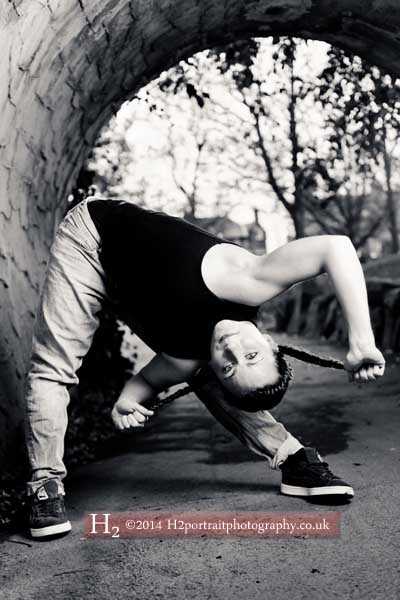
9. When you give a break dancer free reign to choose their own poses you can never be sure what they will come up with.
Booking a photo shoot
If you would like to book a shoot contact me.
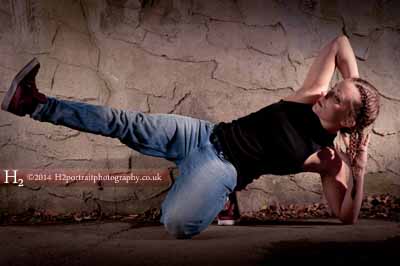
10. This was taken in the same underpass. There is a flashgun to the left and right of the camera. The one the left was fitted with the softbox and the right was bear. They were angled slightly towards the wall so it would be lit.
Your thoughts

Please leave any thoughts, comments, questions or just say, "Hi!" (not literally) below. I really do appreciate feedback. E.g. What is your favourite photograph and why?
A few more photos on Facebook.















